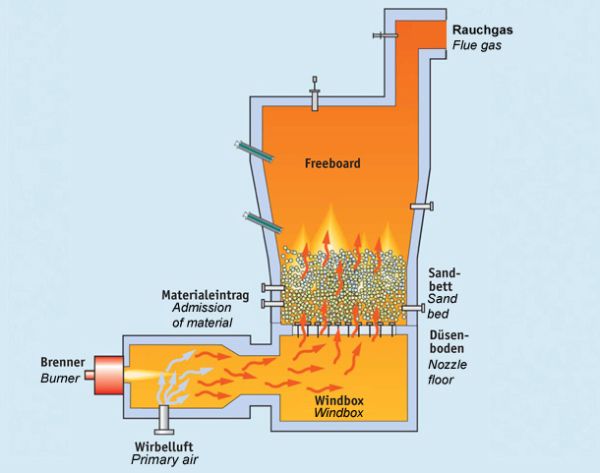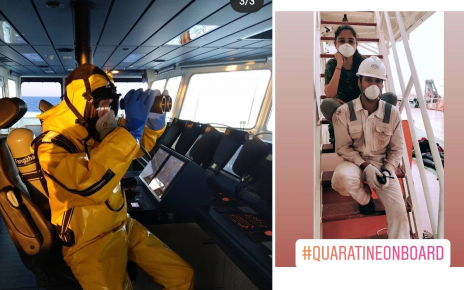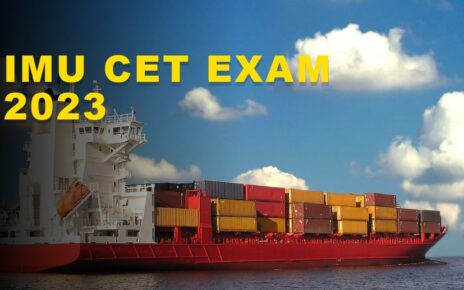In this post we are thoroughly discussing about SOLAS and its components which are part of it. Safety of Life at Sea is an international convention that sets minimum safety standards for ships engaged in international voyages. The convention is divided into chapters, each of which covers a specific aspect of ship safety.
SOLAS Chapters-All of them
- Chapter I – General Provisions: This chapter contains the basic requirements and definitions of SOLAS.
- Chapter II-1 – Construction: Subdivision and Stability, Machinery and Electrical Installations: This chapter covers the requirements for ship construction, stability, and machinery.
- Chapter II-2 – Fire Protection, Fire Detection and Fire Extinction: This chapter covers the requirements for fire protection and prevention on board ships.
- Chapter III – Life-Saving Appliances and Arrangements: This chapter covers the requirements for life-saving appliances and arrangements, including lifeboats, liferafts, and rescue boats.
- Chapter IV – Radiocommunications: This chapter covers the requirements for ship radiocommunications, including equipment and procedures.
- Chapter V – Safety of Navigation: This chapter covers the requirements for safe navigation, including charts, navigational equipment, and the use of the Automatic Identification System (AIS).
- Chapter VI – Carriage of Cargoes and Oil Fuels: This chapter covers the requirements for the carriage of cargoes, including dangerous goods and oil fuels.
- Chapter VII – Carriage of Dangerous Goods: This chapter covers the requirements for the carriage of dangerous goods by sea.
- Chapter VIII – Nuclear Ships: This chapter covers the special requirements for nuclear-powered ships.
- Chapter IX – Management for the Safe Operation of Ships: This chapter covers the requirements for the management of ship safety, including the International Safety Management (ISM) Code.
- Chapter X – Safety Measures for High-Speed Craft: This chapter covers the special requirements for high-speed craft.
- Chapter XI-1 – Special Measures to Enhance Maritime Safety: This chapter covers additional measures to enhance maritime safety, such as requirements for voyage data recorders and automatic identification systems.
- Chapter XI-2 – Special Measures to Enhance Maritime Security: This chapter covers the requirements for maritime security, including measures to prevent acts of terrorism.
- Chapter XII – Additional Safety Measures for Bulk Carriers.
Note: Ships operating in polar waters are subject to additional requirements beyond those in the standard SOLAS chapters. In order to address the unique challenges posed by polar operations, the International Maritime Organization (IMO) has developed the Polar Code, which came into force on January 1, 2017.
Interesting Facts about this convention
Here are some interesting facts about SOLAS:
- SOLAS is one of the oldest and most important maritime safety conventions. It was first adopted by the International Maritime Organization (IMO) in 1914 in response to the sinking of the Titanic.
- This has been amended numerous times since its inception to reflect advances in technology and changes in the shipping industry. The most recent amendment, which entered into force in 2020, includes new requirements related to life-saving appliances, fire safety, and cybersecurity.
- This Convention is implemented by more than 160 countries, making it one of the most widely adopted international treaties in the world.
- it requires ships to carry a range of safety equipment, including life rafts, life jackets, distress signals, and firefighting equipment. The convention also sets out requirements for the design, construction, and maintenance of ships to ensure their safety at sea.
- It has played a crucial role in improving safety in the shipping industry. Since its adoption, there has been a significant decrease in the number of shipwrecks and maritime accidents.
- it has also been instrumental in reducing the environmental impact of shipping. The convention includes requirements for the prevention of pollution from ships, including measures to control oil spills and limit the discharge of harmful substances into the sea.
- This Convention is regularly reviewed and updated by the IMO to ensure that it remains effective in addressing the evolving challenges facing the shipping industry.



